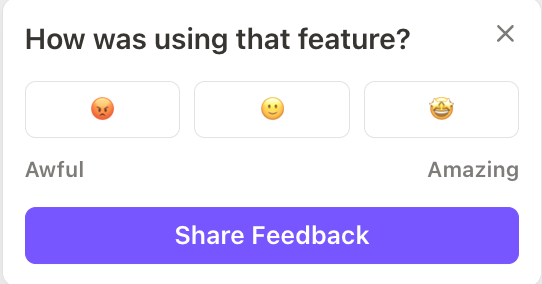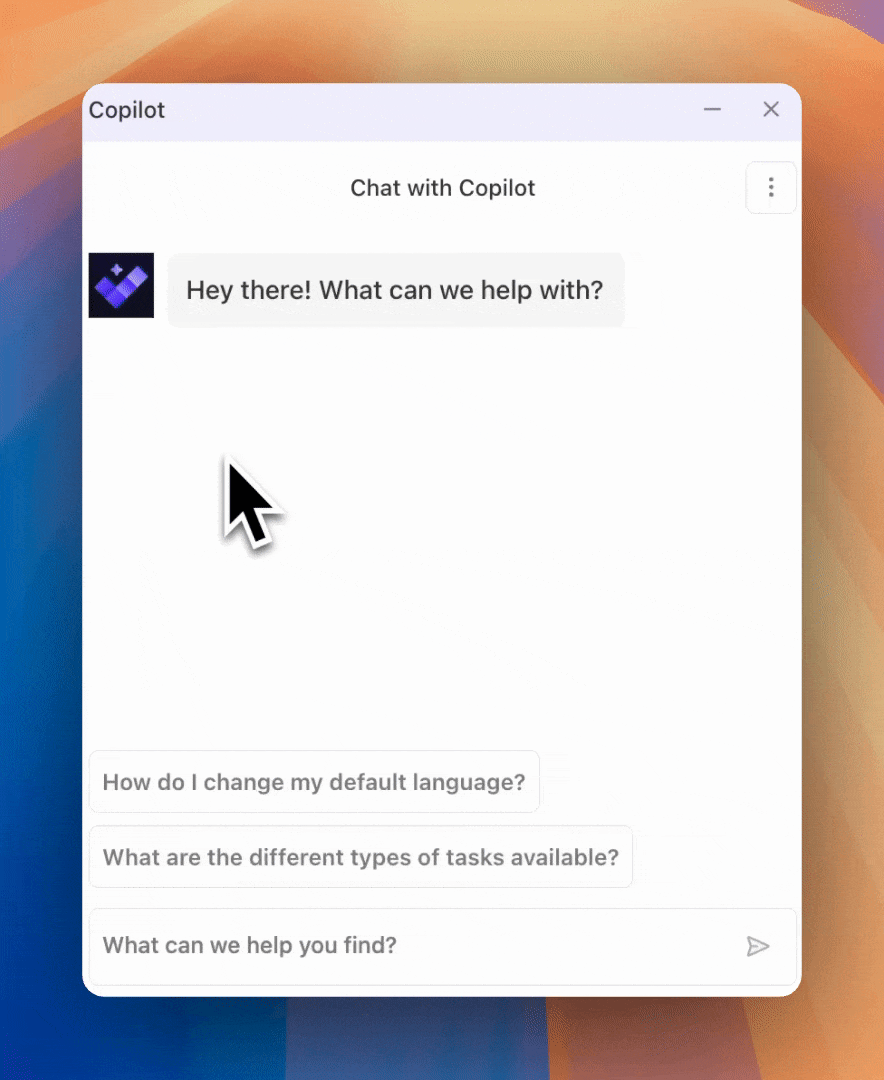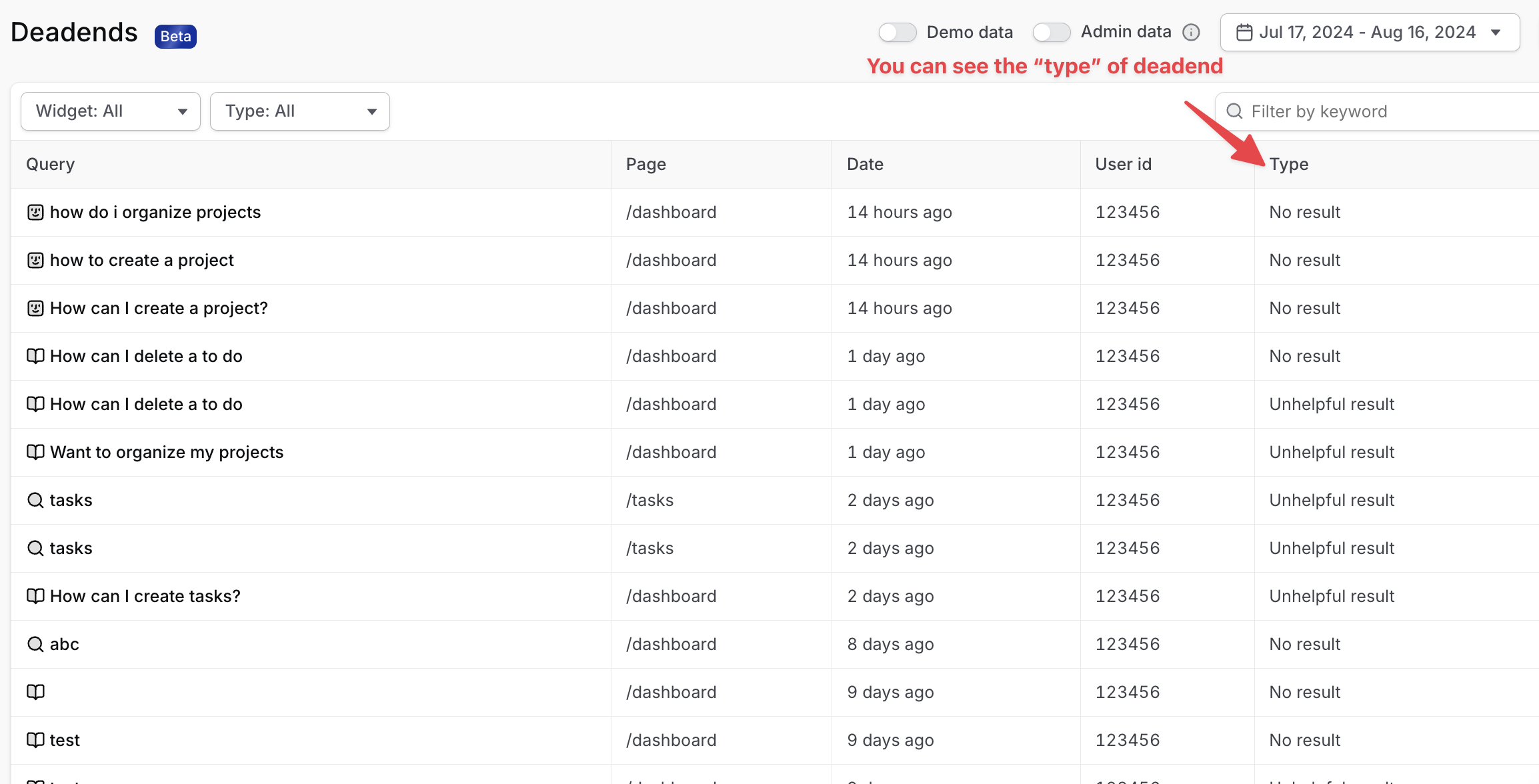Losing customers sucks, but it's somewhat inevitable. You're not going to have 100% retention forever. At some point, you will have to face a churn problem. Whether that problem is small, medium, or large will depend on many factors, including the quality of your product, your ability to retain users and provide excellent support, and more.
But regardless of whether it's one customer or many, minimizing churn is in the interest of every business.
That's why so much effort has gone into creating strategies that help you predict customer churn, particularly for subscription-based industries like SaaS, where recurring revenue is king.
Across my career, I've seen how impactful the level of commitment to churn prevention and great customer support is towards long-term business growth. And every day here at Command AI, I'm amazed by the work that my colleagues do day in and day out in Slack channels, calls, and more to ensure that our users are always delighted (which had led to great outcome, like zero/very low churn!)
But why do companies proclaim their desire to retain users and grow and yet often fall short?
Often times users are quite frustrated but you never learn about it.

There's an inherent desire to maintain your ARR, and acquiring new customers is almost universally more expensive than retaining your current paying customers.
Teams say they want accurate predictive measures to reduce churn rate, and sometimes even try to build them, and yet they still underperform.
Why?
Traditional indicators of churn usually deal with the user's engagement with or affinity for the product.
Are they reducing the number of times they use a certain feature, log in, or meaningfully use the product?
Is their NPS survey response lowering on a monthly or quarterly basis?
These kind of indicators can be tracked through your analytics platform, and can give you a high level picture of customer sentiment.
But there's an issue with this strategy: it's more reactive than proactive.
By the time your users begin to disengage with the product, you're near the end of the churn process. They’re already closer to churn than they are to happy engagement.
This is why so many organizations are frustrated by churn, because they feel like they’re doing all the right things to measure it.
This false sense of security ignores the fact that you need to reach folks much earlier!
One of the best ways to do this is to identify early frustration before it turns into full disengagement.
Understanding Customer Churn
Before we dig into some strategies on how to identify frustration early and nip potential churn in the bud, let's review customer churn at a high-level briefly.
Customer churn reduces your revenue, activated and engaged user base, and overall growth trajectory. This directly impacts core business goals and is particularly problematic for early startups, which need to show traction and product market fit.
That's why a lot of energy needs to go into understanding the reasons for churn in your product to help you create effective retention strategies. It's not enough to just hope that you're providing a great experience or assume that you're doing that just because you've got a great-looking product.
Key Reasons for Customer Churn
Let's talk through some of the key reasons that customers often churn.
Onboarding Issues
First, they may be initially interested in the product and begin to create an account. But, if onboarding is convoluted, slow, and difficult, they're unlikely to fully convert into activated and engaged users. Just because they make an account doesn't mean they become long-term paying users.
Disconnect Between Expectation and Reality
Additionally, depending upon your sales and marketing messaging and your PX, there might be a disconnect between what the user expects from the product and what they actually get. Perhaps they go through onboarding successfully, but in their first few days in the product, they find the features lackluster or incomplete, and they feel somewhat deceived, duped, or underwhelmed.
Change in Stakeholders
Additionally, even if you have a customer that loves your product, a change in stakeholder or budget at the company can cause issues.
For example, let's say you have a champion of your product who departs for another company and a new leader comes in. They may want to assert their authority or have a different tool that they prefer, leading to churn.
Traditional Indicators of Churn
So, how have we traditionally tried to track indicators of churn?
Product Engagement Data
Much of traditional churn prediction revolves around product engagement data, which makes sense. It is a natural place to begin because you have direct insight into reductions in the user's engagement with the specific features or the product as a whole.
This could be the number of sessions or logins.
Better yet, use data points that actually indicate meaningful product usage, like sessions over a certain amount of time or specific tasks or features utilized fully.
NPS Surveys
Almost every company runs some form of NPS survey once they reach decent size, because it's a great way to track your promoters, neutral, and detractors within your user base. You send out a simple 1 to 10 survey once a month or once a quarter, asking your users how they feel about your product, giving you Insight not only into that specific user but also into different cohorts and then your users as a whole.
Importance of Postmortems on Churn Data
One of the best ways to better predict churn is to also do thorough postmortems on your churn data, as well as interviews with customers who have churned. If you can, try to get a picture of why they churned and what you could have done differently.
Are there patterns or trends within the types of users or the causes of user churning that can perhaps create better profiles or segments within your product?
If there are, you can target them with more in-app messaging and focus support proactively.
Lagging Indicator!
The biggest issue here is that disengagement is such a lagging indicator, and this is even more of a problem for many companies that operate on annual contracts.
A lot of work often goes into having an excellent onboarding experience and an excellent retention team who come in in the final month or two and work closely to keep users paying.
But the meat of your product experience and your users' habit-building and experience-building activity happens in those in-between months, meaning the buildup of many frustrations and issues can often not manifest until near the end of the contract.
Suppose you're not in the habit of proactively assessing how your users feel about your product, gauging them for feedback, and identifying these early frustrations.
In that case, you might have a situation in which a customer has an okay first year and renews their contract, but then at the end of the second year, they don't renew their contract, and they're very frustrated.
Then your leadership team might be asking, how could we not know this was coming? And if you go back and look, perhaps you didn't notice early signs of customer frustration, an increase in support tickets, poor reviews for a specific product, or you weren't collecting any of that.
Either way, by the time you notice that they're disengaging near the end of that second year and that they haven't been using the product as much, it might be too late.

The iceberg of churn
Much like the Titanic, which saw the iceberg much too late, you see these indicators of churn much too close to the actual churn event itself.
Trying to solve potential churn right before contract renewal is like trying to steer that ship away right in front of the iceberg.
Disengagement is such a late-stage indicator of potential churn that successfully re-engaging and meeting expectations for the user is way more difficult than if you could catch it earlier. Additionally, even if you have noticed product usage diminishing, you don't know what's causing that. You don't have insight into the root cause of their issues and reduced engagement.
You don't know whether they no longer need the tool, whether they've acquired another tool, whether they're not enjoying the tool, or whether it is too difficult to use. It could be one of a billion things — you lack that analysis.
Here's the thing: this isn't the way it has to be. There are powerful ways to identify earlier indicators of true frustration from user behavior that could help you see the potential Iceberg from afar, reroute around it as best as possible, and completely avoid hitting that iceberg of churn.
Frustration as a Leading Indicator
Let me make a case for frustration being the leading indicator of churn. Now, this makes sense conceptually, but it's not something that folks have been easily able to quantify.
But that's changing as the way that we're able to measure and interact with folks in real-time evolves. If you can pick up on this frustration earlier, it allows for more timely interventions that have a better chance of getting users back.
Measuring Frustration
But the core issue here is how you measure frustration. The traditional indicators of churn that we talked about do offer some level of insight. The frequency or intensity of support tickets, responses to quarterly NPS feedback, and direct feedback, whether through a live phone call, email, or a Slack channel with your users, can all be useful, but as you mentioned, it is usually too late in the process.
But you can go beyond these ways and install a couple of new strategies to keep your churn in check.
Deploy Microsurveys
The first is to deploy micro surveys to identify the specific pain points causing user frustration. For example, you can set up a nudge survey based on user behavior, like a rage click.
When the user exhibits this behavior, the nudge is triggered, and a quick survey can ask the user what they're struggling with.
This is powerful because it's highly timely and contextual. You get in-the-moment insight that your broader metrics, quarterly reports, or other data might not show and that you might never know otherwise.
These microsurveys are customizable and generally most effective when short, clear, and unintrusive. Your questions should be clear and targeted to identify the specific pain points.

This is not the time to ask them how things are going on a one-to-ten scale. You can do that in a traditional NPS survey. This is the time to be very clear and very qualitative and ask directly, “How can we help? or “Are you stuck? Let us help you!”
AI-Powered User Assistance
There's another new way to battle churn and predict it and pick up on it earlier: the advent of AI-powered user assistance. For example, our Copilot allows your user to chat directly with your entire knowledge base and all of the synced documentation you've connected to it.

It can quickly answer questions, deflect support tickets, and actually launch in-app experiences, like product tours (which is really helpful when a text-based answer is not sufficient!)
That's great on its own, but we quickly realized that what our customers loved more than anything was not just saving time and money but also getting real-time insights into customer sentiment, both individually and at scale. How does this work?
When users come into Copilot, they have a very specific question or issue. Perhaps they have a specific task they're trying to execute, something new they're trying to learn about the product, or something that's just broken and gone wrong. When they ask a question in their natural language, you get an unbelievably clear insight into what the user is trying to do at that moment. They're saying in their own words, "Hey, I'm here, and this is what I'm dealing with. Help me."
Now, hopefully, Copilot has been trained well on up-to-date documentation and it can answer the user directly and accurately.
If this is true, you might be able to go into your dashboard and see lots of thumbs-up feedback with positive interactions that led to a closed Copilot session and a happier user. That's great!
In and of itself, this can actually be a great way to reduce churn because your users don't have to wait for hours to hear back from support agents or spend a lot of time trolling through your help documentation themselves.
But that's not always going to be the case.
Sometimes, you'll get users who don't get their questions answered, who ask specific things about edge cases or unique areas of the product which don’t have robust documentation, or who otherwise hit a wall.
This “deadend”, as we call it, indicates a user who has reached a frustrating endpoint. Their issue is not resolved, and they have a negative sentiment. Here, you might get negative feedback directly from the user, or you might just auto-categorize it as a dead end or require a fallback through a human agent in Copilot.
Both of these are indicators of frustration!
Now, here's the thing. The chatbots of five years ago perhaps might’ve tried to answer this question, but given their limitations and logic, they might pass a large percentage of questions back to your agents. So, it wasn't a great indicator of customer frustration, and it wasn't easy to decipher the root cause.
But with Copilot, the success rate is so much higher that failures are clear flags of frustration.
With negative feedback were deadends or fallbacks, you're able to get a much more granular look into the user's frustrations and their sentiment.

So, the more that you empower your users to problem-solve themselves with the user-assisted Copilot, the more you're able to not only reduce the burden on your support team and delight your users but you can also get better insight into the areas of the product that are causing issues for users.
This can help you identify the types of users who are facing problems, and more generally, gather more predictive data earlier in the churn cycle, where it's just frustration and not full disengagement yet, allowing you to have a better shot at retaining them.
Benefits of Early Intervention
Why is it so important to pursue these earlier intervention strategies to identify frustration and results? It not only leads to reduced churn but to the many follow-on effects that that has.
Of course, you keep that user and create more sustained revenue growth, but you also enhance your customer satisfaction and their belief in you and your team. They'll feel more value, be more loyal, and become strong advocates for you because they see how focused you and your team are on improving their experience and resolving their issues clearly.
Furthermore, it improves your product development. You can get in front of these issues earlier on. You can solve problems quickly before they manifest into large ones. For example, if there's a feature that's been poorly designed, you can identify this early through negative customer sentiment expressed through Copilot or through microsurveys. Solve this before that feature gets built up and becomes too ingrained and expansive to resolve easily.
All of our tools are designed to help you do this, whether at scale as an enterprise company or for a small company in learning mode.
Conclusion
Addressing customer churn requires proactive and early intervention strategies. By focusing on identifying frustration before it leads to disengagement, deploying timely microsurveys, and utilizing AI-powered user assistance, companies can significantly reduce churn rates. Understanding the reasons behind churn and continuously improving the customer experience can lead to more loyal customers, sustained revenue growth, and better product development.

















